The Morgan Library/9/25/15-1/31/16
By Pamela Hart
If you like sentences, which I do, and you’re interested in how one important American writer played with them, creating what a critic called “an esthetic of simplicity,” then head to the Morgan Library & Museum to view Ernest Hemingway: Between Two Wars.
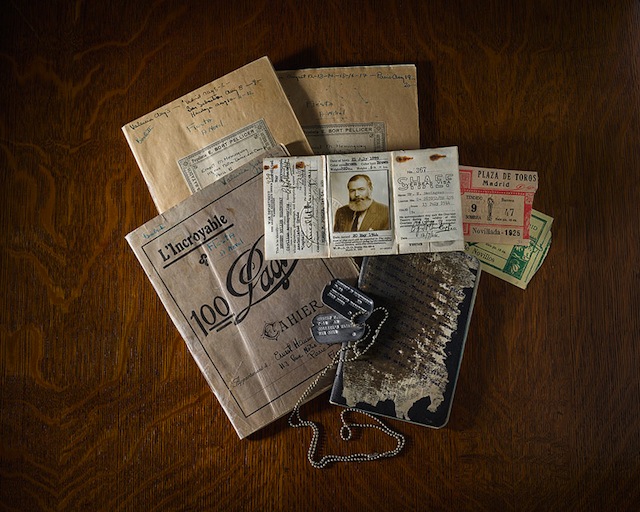
This tightly focused exhibition features notebooks and drafts of short stories and novels, letters from well-known friends like Stein and Fitzgerald as well as other memorabilia like Hemingway’s passport from 1923. But it’s the behind-the-scenes look at his writing process that really is captivating. There are terrific treats if you’re an archive junkie like me. From a list of possible short story titles: That Was Before I Knew You, I am Not Interested in Artists, Unwritten Stories are Better. An inventory of his daily word count. Hemingway’s dog tags from his time as a war correspondent during World War II, when he was 45 years old. Here’s a bit of editorial advice from Fitzgerald to Hemingway after reading the manuscript of A Farewell to Arms. “On page 209 and 219,” Fitzgerald wrote in a letter, “I think if you use the word cocksucker here the book will be suppressed and confiscated within two days of publication.”
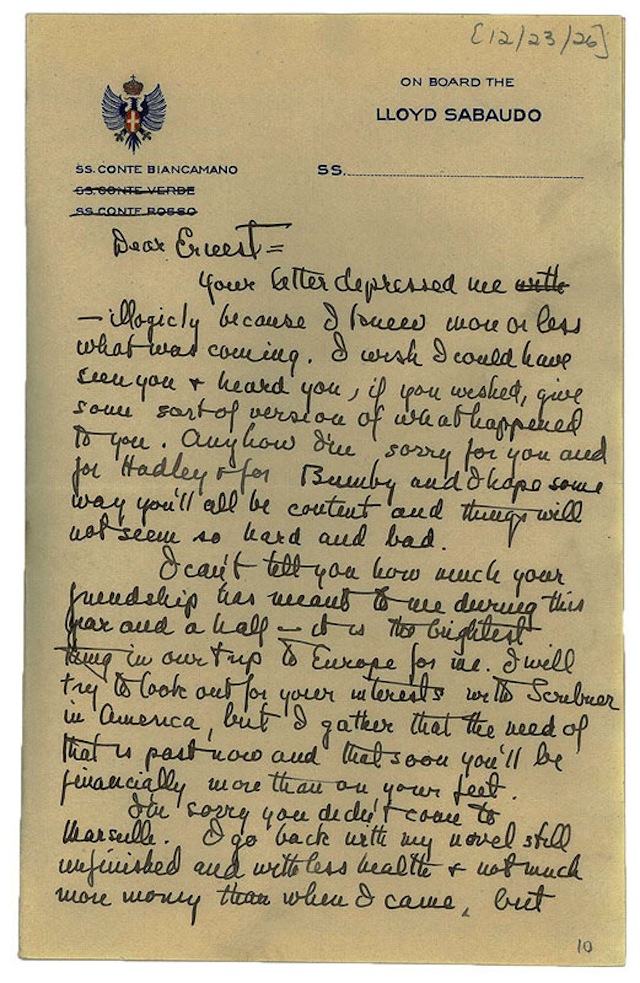
Hemingway’s terse, journalistic style was the result of deep revision that often involved eliminating adjectives and adverbs. You see this in a draft manuscript of the opening paragraph of A Farewell to Arms. There are his sentences in pencil moving from margin to margin, some crossed out, others on top of each other, as he shaped their flow. In an earlier letter, on display, to his father, who worried about his son’s career choice, Hemingway wrote, “I’m trying in all my stories to get the feeling of the actual life across.”
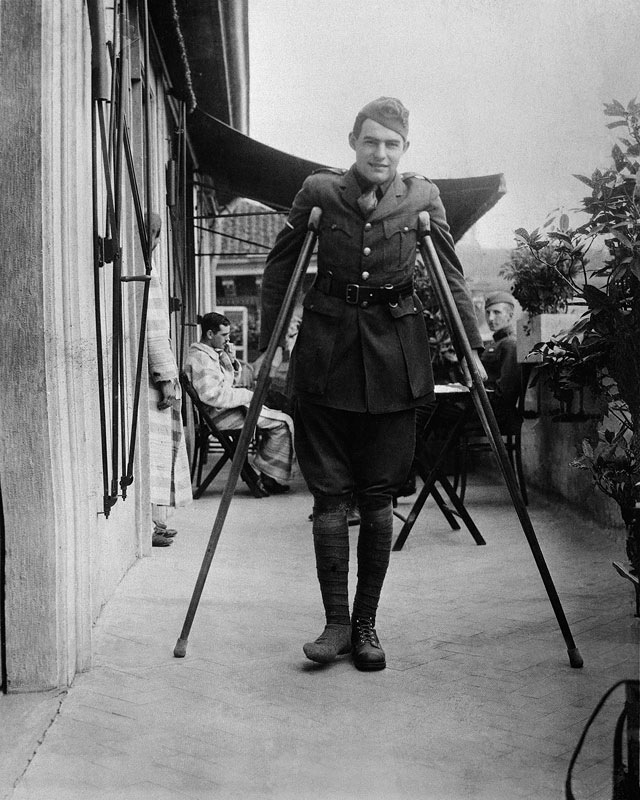
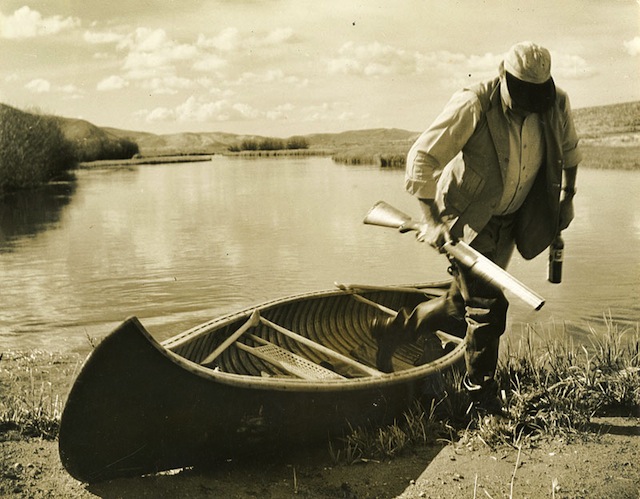
Take time with this exhibition. It’s small but well thought out. The work on the bright blue walls as well as in the cases is supplemented by fun facts. Who knew the term ‘lost generation’ was appropriated by Gertrude Stein from a French garage mechanic lamenting the lack of skilled workers after the First World War. And then borrowed by Hemingway as an epigraph for his novel, The Sun Also Rises.
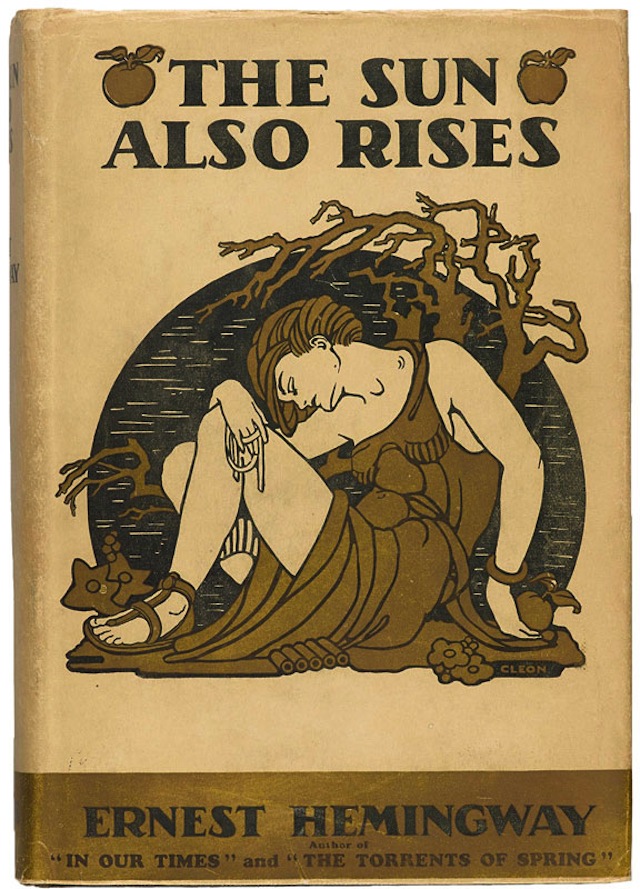
Other highlights include a Western Union telegram from Dorothy Parker to Hemingway, congratulating him on that novel, which was published in 1926. “BABY,” she wrote, “YOUR BOOK IS KNOCKING THEM COLD HERE ISNT IT SWELL LOVE DOTTY.”
Pamela Hart curates for Lift Trucks Project and is an NEA Grant award winning author.
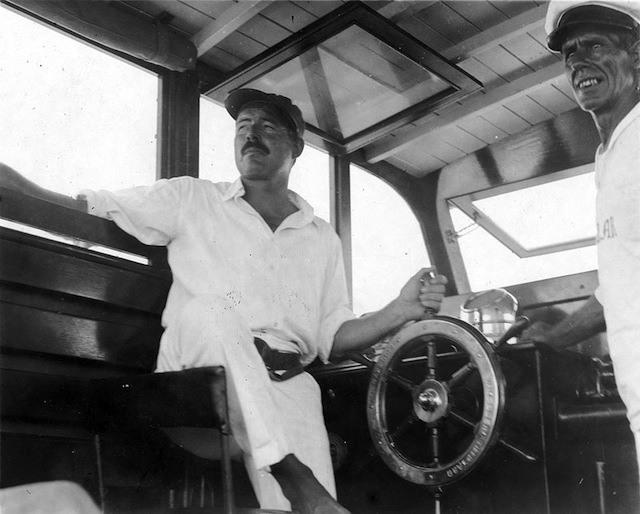
All images courtest of The Morgan Library and Museum
